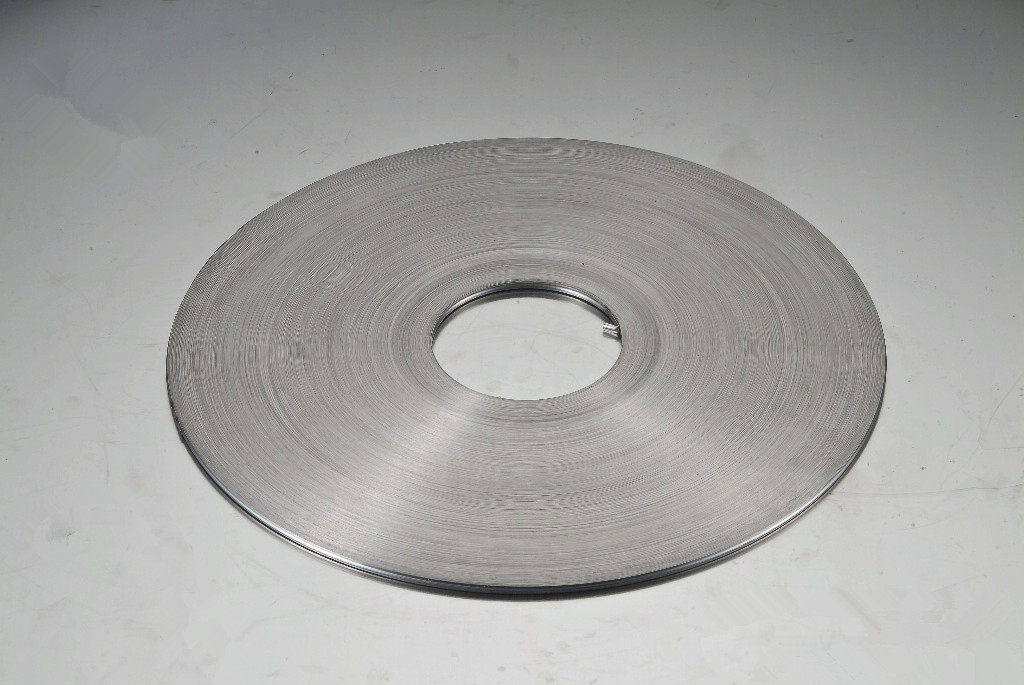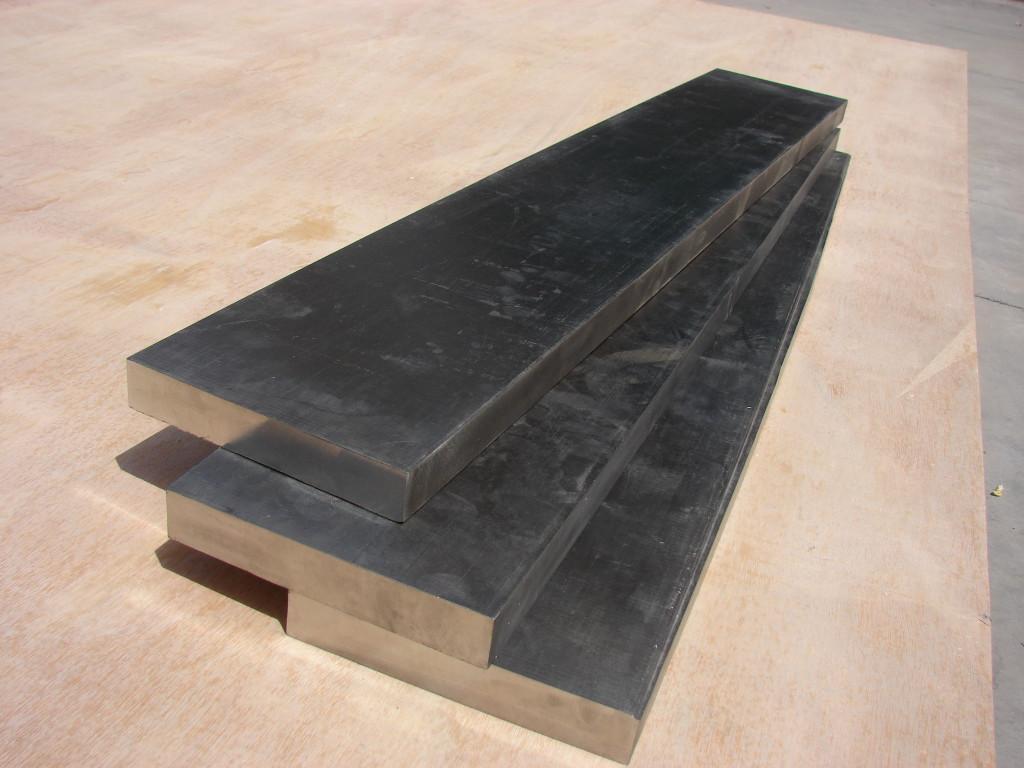| QTY |
| FOB PRICE |
CIF PRICE
QUANTITY
-
+
kg
TOTAL COST
$1660| Model : 5J14140 | Payment Terms : T/T, MoneyGram | Delivery Port : According to the cus | delivery Time : 15days | Product Advantages : Well and High Quality Control, Prompt Delivery, New Product, Competitive Prices, Earth-friendly Products, Small Order Acceptable, OEM Accepted |
| Material : Default |
| Pcs/Carton : N/A | Packing Size/Carton : N/A | Packing Vol/Carton : N/A |
| N.W./Carton : N/A | G.W./Carton : N/A | QTY in 40HQ : N/A |
| QTY in 40GP : N/A | QTY in 20GP : N/A |
Product Name: 5J220110 hot bimetallic
chemical composition:(%)
Carbon C ≤ 0.05 silicon Si ≤ 0.02 sulfur S ≤ 0.2 manganese Mn0.20-0.60 Co cobalt 3.2-4.2
Copper Cu5.2-5.80 Phosphorus P≤0.02 Ni Ni 31.5-33.0 Fe Fe: Balance
Mechanical properties
Yield strength (σs / MPa): 302 Tensile strength (σb / MPa): 470
Elongation at break (δ5 /%): 25 Resistivity: 1.1 Density: 8.1
Specifications: sheet, round bar, wire, strip
Thickness: 0.1 mm or more Diameter: 0.01 mm or more
Width: according to customer requirements Cold rolled strip: 0.05-0.10 × 2.5-100mm
0.10-1.00 x 1.5-200 mm 1.00-2.50 x 6.0-200 mm
Typical applications are as follows:
● Production, storage and transportation of liquefied gas
● Measurement and control equipment with operating temperature below + 200 ° C, eg temperature adjustment device
● Screw connector bushing between metal and other materials
● Bimetallic and temperature controlled bimetallic Type frame
● shadow mask
● CRP of the aerospace industry Tempering mold
● Artificial satellite and missile electronic control unit frame below -200 ° C
● Laser control device Electron beam in the auxiliary tube
Products will figure


Hot double alloy
Thermobimetal refers to a composite material that is firmly bonded together by two (or more) metal or alloy component layers having different coefficients of thermal expansion. One of the precision alloys consists of two layers (or layers) of metal or alloy with different coefficients of thermal expansion as a thermal bimetallic layer. One of the constituent layers in the thermal bimetallic has a low coefficient of thermal expansion as a passive layer and the other element layer has a high coefficient of thermal expansion as the active layer. Sometimes, in order to obtain a special hot bimetallic, you can also add a third or fourth layer of metal or alloy. In general, the passive layer is made of Ni-containing alloy containing Ni34 ~ 50%. The active layer is made of brass, nickel, Fe-Ni-Cr, Fe-Ni-Mn and Mn-Ni-Cu alloy. Different types of hot bimetallic, such as high temperature type, medium temperature type, low temperature type, high sensitivity type, corrosion resistance type, resistance type and quick type, can be obtained through different combinations of active layer and passive layer material.
characteristic
The main parameters of the thermal bimetallic properties are:
① than bending. Including all material properties that affect the amount of bimetallic bending. It is an important parameter to measure the degree of sensitivity of hot bimetallic to temperature changes.
② use temperature range. Thermal bimetallic can work properly over the temperature range. Including linear temperature range and allowable temperature range. The bending displacement of hot bimetallic in the linear temperature range is linear with the temperature and is greater than the bending value. The permissible temperature range is greater than the linear temperature range. In this range, although the bending value is lower, but the internal thermal stress is still lower than the elastic limit of the material, can still be safe to use.
③ elastic modulus. Calculate the parameters required for the thrust, moment and internal stress generated by the hot bimetallic element.
④ resistivity. Calculate the parameters of the heating temperature of the hot bimetallic elements that are directly energized. The main features of the most commonly used 3Ni24Cr2 (active layer) / 4J36 (passive layer) thermal bimetallic are: bending (room temperature ~ 150 ℃), (13.2 ~ 15.5) × 10-6 ℃ -1; allowable temperature range, 70 ~ + 450 ℃; linear temperature range, -20 ~ + 180 ℃; elastic modulus, ≥ 16000kgf / mm2; resistivity (20 ± 5 ℃), 77 ~ 84μΩ · cm. The following are the same as the "
The thermal expansion coefficient of each component of the hot bimetallic is different, and when the temperature changes, the expansion or contraction of each component is different and the hot bimetallic element as a whole is bent. This thermo-sensitive feature is widely used in temperature measurement, temperature control, temperature compensation and program control. Electrical industry in the thermal relay and circuit breakers, instrumentation industry in the meteorological instruments and ammeter, household appliances, electric irons, electric cookers, refrigerators and air conditioners are widely used thermal bimetallic components.
Process
The key process for making hot bimetallic is the composite process between the constituent layers. The composite process has fusion method, double pouring method, hot rolling method, cold rolling method and explosion method. A hot rolling method is commonly used, and the slabs of each component layer are hot-rolled at a high temperature at a high temperature and then subjected to cold rolling. The best quality of the product is cold rolling, the different components of the slab at room temperature with a large amount of cold rolling and composite, and then conventional cold rolling. Hot bimetallic is generally a strip or sheet.
Application
Bimetallic Strip: The hot bimetallic is a composite material that is firmly bonded by two or more layers of alloys with different linear expansion coefficients. The alloy layer with large expansion coefficient is called the active layer, and the alloy layer with smaller expansion coefficient is called the passive layer. The active layer and the active layer can be added with the intermediate layer of regulating resistance. When the ambient temperature changes, And the expansion coefficient of the passive layer is different, resulting in bending or rotation. This alloy is used for temperature control, temperature compensation, current limit, temperature indication and other automatic control devices and instrumentation in the thermal element. Can also be used in circuit breakers, switches, thermal relays, various types of temperature control components, home appliances protection, electronic protector, overload protection, condensate trap, temperature regulator, thermometer, incubator, weather equipment, Electric cooker, refrigerator, fire alarm, fluorescent starter, oven, lighter, current type automatic control switch, automatic safety switch and so on. Also used for fluid (gas. Liquid) valve switch and other low-voltage electrical components in the heat
• Amanbo Return Policy applies to all orders on amanbo.com.
• If products are not as described, returns are accepted and return shipping fee should be paid by buyer.
• If products are as described, seller has the right to refuse return. Buyer should pay return shipping fee if return require is insisted on.
